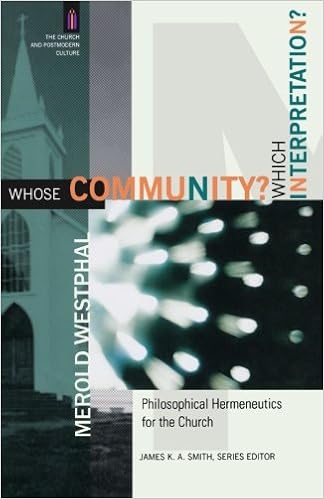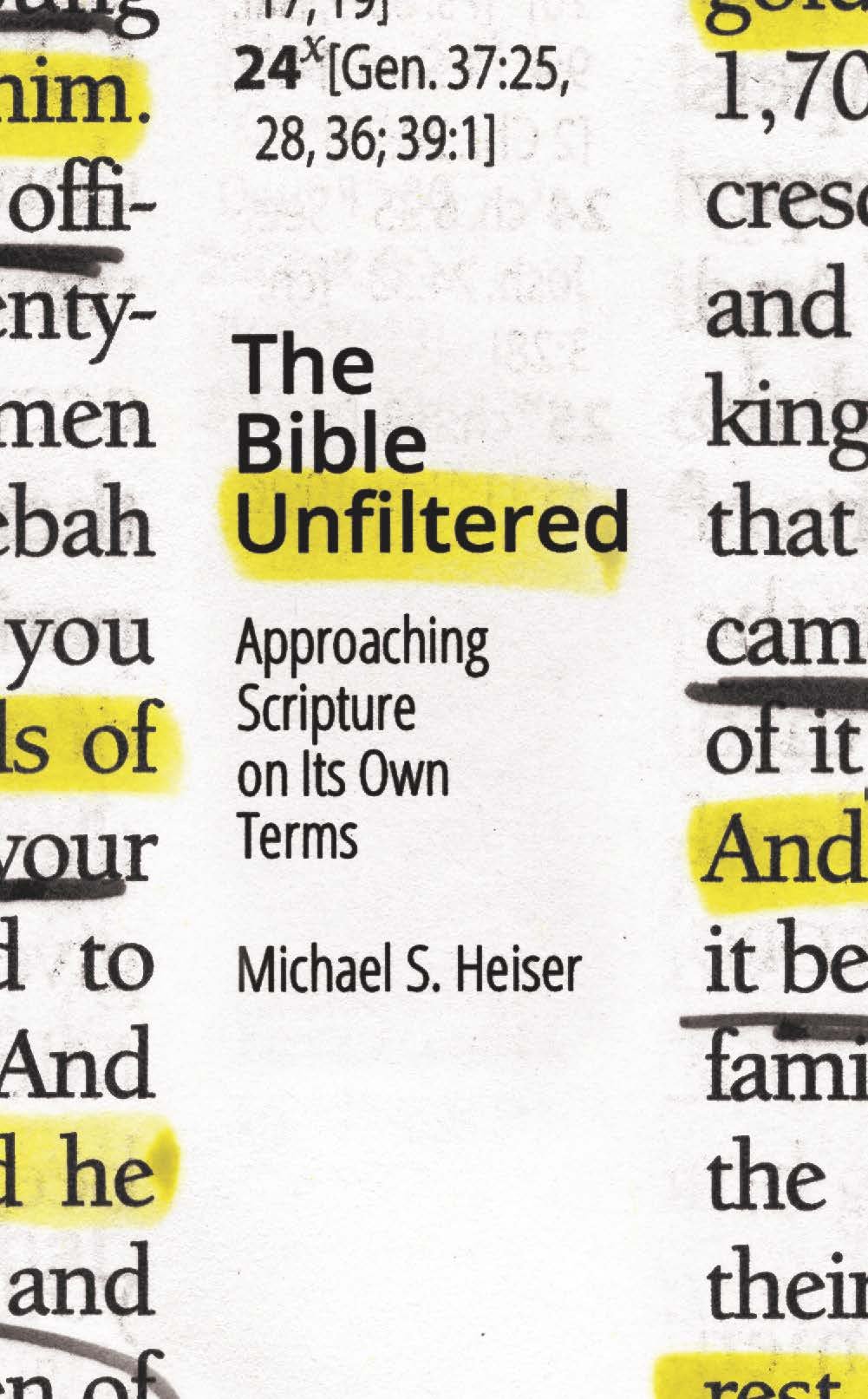Boersma, Hans. Scripture as Real Presence: Sacramental Exegesis in the Early Church. Grand Rapids, MI: Baker Academic, 2017.
Any book by Hans Boersma can function as a master’s level course in whatever subject it addresses. That’s not to say I agree with everything he says. That only highlights his skill as a teacher: he forces you to think through the implications of an issue.
This book isn’t simply about allegorical exegesis. It isn’t about typology, either. In fact, Boersma strongly resists the urge to conflate the two. Rather, it is about seeing the mystery of Christ is already present in the Old Testament (Boersma xv).
While I certainly hold to a Patristic metaphysics, such as it is, I am uncomfortable with some of their interpretive moves. Very few of them had any working knowledge of Hebrew. Still, the thrust of it is true. Christ is present in the OT. Unless we want that to be a cliche, we need to see how.
Case study: Would Paul’s exegesis in Galatians pass a seminary exam?
Metaphysics and Hermeneutics
Boersma notes that one’s metaphysics and one’s interpretation are linked.
Origen: the earthly scene contains patterns (exemplaria) of the heavenly things. They teach us to mount up (ascendere). “We contemplate heavenly things by means of their forms and likenesses as they appear in visible things. It is by means of actual things and copies (rebus ipsis et exemplis) that we can move on to heaven itself” (10).
We can ascend precisely because heavenly realities are related to particulars. We always brings a metaphysics to our hermeneutics. In this chapter Boersma contrasts the metaphysics of Origen (and most of the fathers) with those of Hobbes and Spinoza.
Some notes on Typology
Type and archetype are anchored in God’s eternal providence. Both participate in God’s foreknowledge (24).
Chapter 2 explores how Gregory of Nyssa and Augustine interpreted Genesis with an eye towards a literal interpretation. It’s important in the sense that those who don’t know Patristics will say the Fathers (or Boersma) shunned a literal reading. They didn’t. Still, some of their conclusions are….odd. I am only going to highlight some key aspects of Gregory’s reading as they relate to his overall metaphysics.
On the Making of Man
Genesis 1:27. The first part of the verse refers to the universal essence of man (which Boersma elsewhere argued that “man” is God’s foreknowledge of the fullness of all human beings at the end time (Boersma 32). This culminates in the eschaton. This lets Gregory take Galatians 3:28 in the following: since there is no male or female in Christ, and Christ is the universal, the prototype, the image of God, then the universal man is neither male or female.
Strong stuff, and we will take issue with it later. The main problem is that Genesis 1:28 implies that sexual activity will take place regardless of the fall.
Ancient readers relished verbal associations in the text (39). Phrases like “tree of Life” or “Wisdom” were “trigger-loaded.” This is like a non-Satanic version of Neuro-Linguistic Programming (how it should have been, before it was corrupted by the Deep State).
A Harmonious Reading of the Psalms
The church fathers saw a direct, almost physical analogy between the harmony of music, which represented an almost mathematical metaphysics, and the harmony of the Psalms. As Boersma notes, “Music, therefore, has the ability to make one grow in virtue and heal the emotions; music tunes people and makes them more harmonious” (132).
Ancient man knew that music was based on objective laws. Musical pitches are related by simple mathematical ratios of whole numbers (136). Plato noted “that God created the intellectual reality of the world soul with proportions of double intervals (1, 2, 4, 8) and of triple intervals (1, 3, 9, 27)….separating a portion of the whole and then doubling and tripling it, so as to arrive at a series of seven terms (1, 2, 3, 4, 8, 9, 27)” (136). This means the cosmos was created at harmonious intervals.
Music, therefore, participates in this cosmic order. The church fathers were keen on this. The Word of God even recapitulated the great musician himself: “The Word of God introduces something altogether new; he is the New Song, whose music, like that of David, chases the demons and heals us of our wickedness” (140).
If the Psalms are true music, and if music represents a rational cosmic order, then singing (chanting) and living these psalms puts us “in line with the order of the universe” (142).
Gregory of Nyssa and the Skopos of the Psalter
The aim of the Psalter is the blessedness of the virtuous life (154). From here Gregory traces an ascent (anabasis) to that goal. This blessedness will imitate the harmony of the universe. Psalm 42:1 forms the second part of the Psalter and it mentions the soul that thirsts for God. Psalm 73 describes the one who is now able to discern justice and “participate in divine judgment” (155). In Psalm 90 we approach the boundary between divine and human natures. The climax arrives on a mountain peak in Psalm 107. It is the recapitulation of human salvation.
Boersma suggests that a sacramental reading of the text (Proverbs 8) allows us to overcome the impasse between Nicene and Arian readings of the text. When Wisdom said “God created me at the beginning of all his works,” does this mean that Christ was created? That seems to be what the text says, but that can’t be right.
A huge portion of the problem is the lack of Hebrew knowledge, since qana doesn’t mean creation ex nihilo. Gregory of Nyssa was aware of this but he really didn’t utilize it (not that anyone would have cared). Of course I side with the Nicenes, but neither side did a great job in this debate. More to the point, however, are the moves that Boersma makes that allows us to participate in a sacramental reading.
Athanasius in reading a text seeks three elements: time, person, and purpose. This allows him to make distinctions between economy and Trinity. Therefore, Christ’s creation is linked in the economy of salvation (172).
Song of Songs
Of course the Fathers read it in a non-literal sense, but not for the reasons you think. The material sexuality in the Song is very real. If it weren’t, it could function as a participatory link to the spiritual realities. You have to have both. And unlike some “spiritualizing” or “allegorizing” tendencies, the Fathers took their starting point in the nuptial passages from God’s dealing with Israel (190).
That’s a really good approach to the book. Granted, some of the details are a bit fancy (but no less arbitrary than how we explain away the literal in biblical prophecy).



